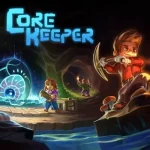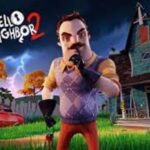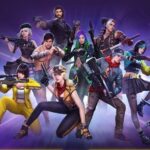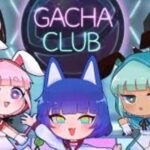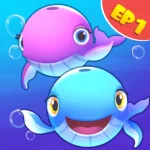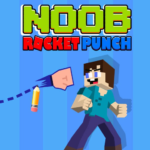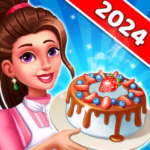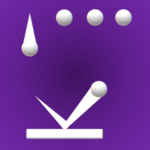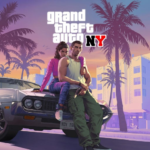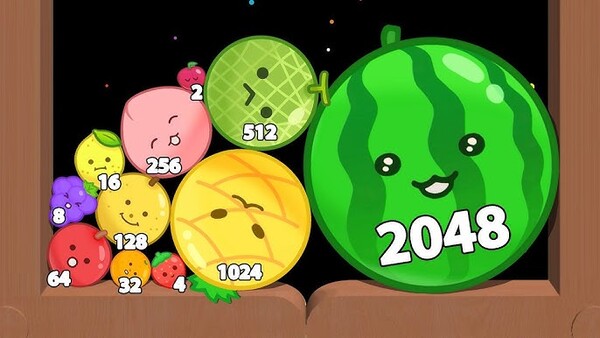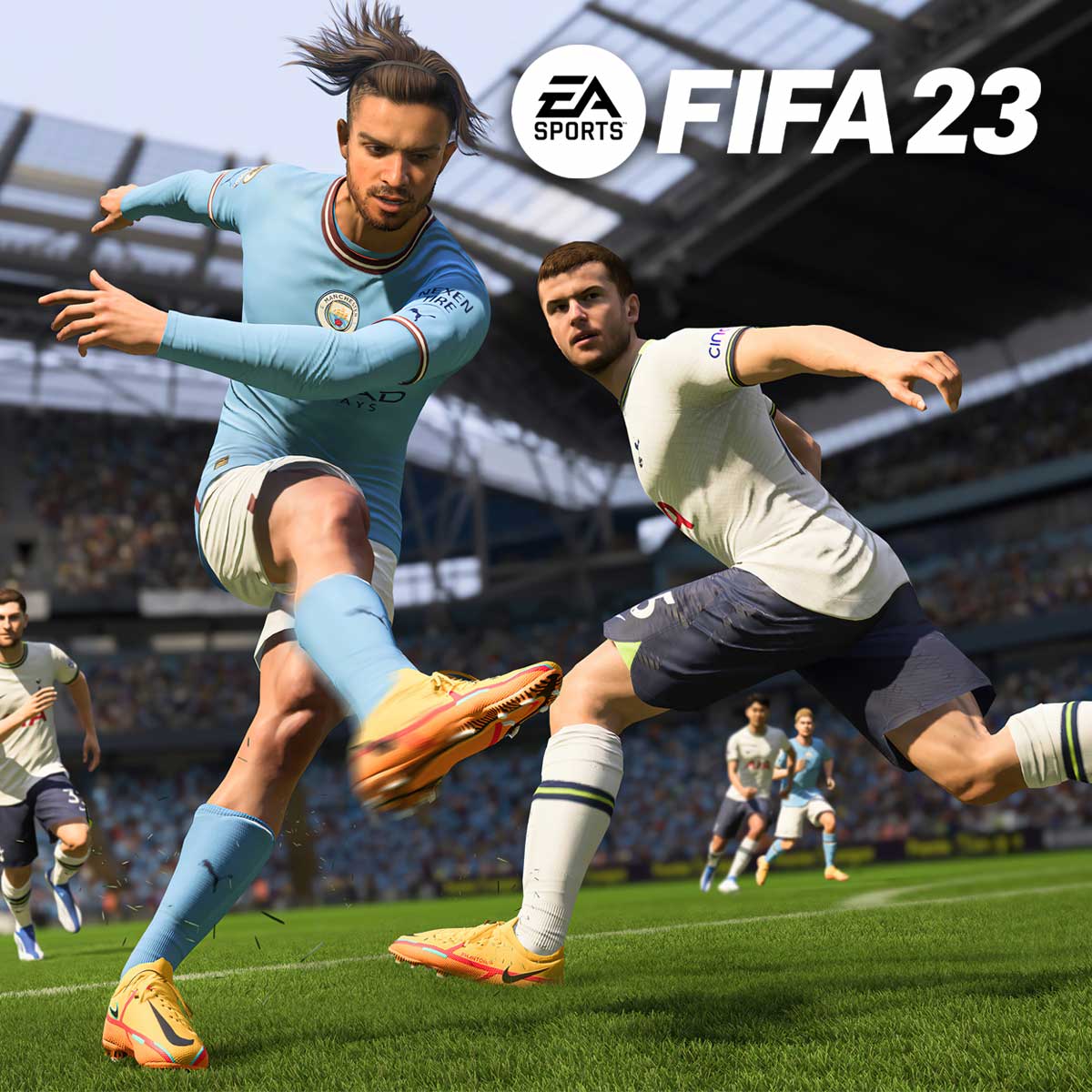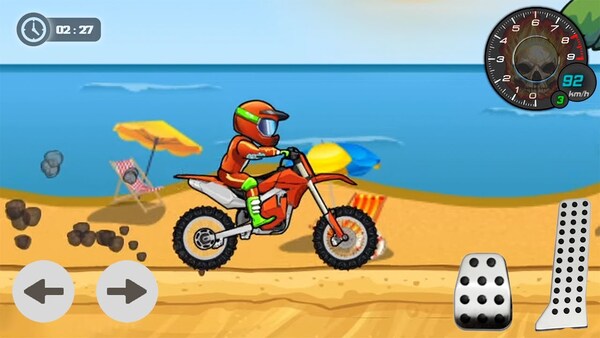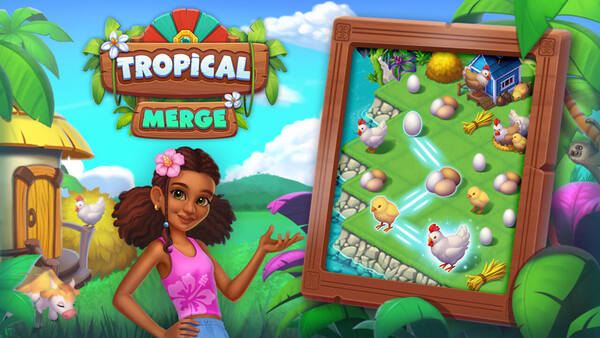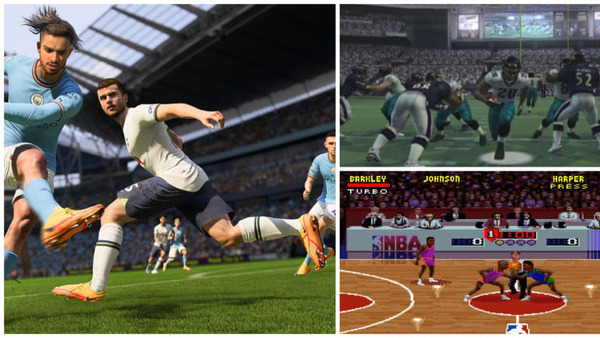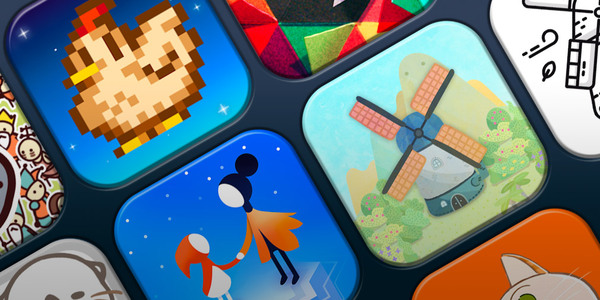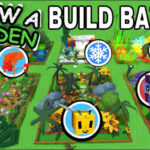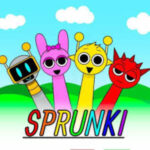Minecraft: The Limitless Sandbox That Redefined Modern Gaming
From a humble indie creation to one of the best-selling video games in history, Minecraft has truly carved its name into the very foundation of gaming culture. While many games have risen and faded, Minecraft has not only endured, but also thrived—evolving constantly while retaining its signature charm. As we dive deep into this iconic title in 2025, it becomes abundantly clear why Minecraft continues to captivate players of all ages across the globe.
To understand its continued dominance, let’s first explore its origin, growth, core gameplay, and cultural impact—with many transitional insights into what makes it uniquely timeless.
The Birth of a Blocky Legend (2009–2011)
Initially launched by Markus "Notch" Persson in 2009, Minecraft began as a passion project, drawing inspiration from games like Infiniminer and Dwarf Fortress. Notably, what set Minecraft apart wasn’t flashy graphics or high-budget storytelling, but rather its simplicity and infinite creative potential.
Moreover, as the game developed, community support and YouTube Let's Plays helped spread the word organically. By the time it officially launched in 2011 under Mojang Studios, Minecraft had already cultivated a loyal fanbase. Clearly, its appeal was undeniable—even in those early alpha stages.
The Mojang Era and Microsoft Acquisition (2011–2014)
As Minecraft grew, so did Mojang’s ambitions. Between 2011 and 2014, the game underwent massive improvements—from additional biomes and mobs to redstone circuits and enchanting systems.
Then came the landmark moment: in 2014, Microsoft acquired Mojang for $2.5 billion. While many feared this would lead to commercialization, it actually resulted in wider accessibility. From that point onward, Minecraft’s future shifted into hyperdrive.
Cross-Platform Revolution and Bedrock Edition (2015–2018)
Subsequently, Microsoft focused on unifying the player base. Enter Minecraft: Bedrock Edition, a version of the game that allowed cross-play between consoles, PC, and mobile devices. This move was pivotal. Suddenly, friends could build together regardless of platform.
Furthermore, the introduction of Realms and Marketplace made Minecraft easier for casual players to access multiplayer experiences or purchase curated content from community creators.
Core Gameplay Mechanics: Survival, Creativity, and Redstone
So what exactly makes Minecraft so appealing? In essence, it’s a sandbox game where players mine resources and craft tools. However, this description hardly scratches the surface.
In Survival Mode, players must manage hunger, craft shelter, and fend off mobs—zombies, skeletons, spiders, and the infamous creeper. Conversely, Creative Mode gives unlimited access to all blocks and items, allowing players to fly and build without constraint.
Not to be overlooked, Redstone adds a logic-based layer to the game. Because of it, players can create working elevators, automatic farms, calculators, and even functioning CPUs—all using in-game components.
Dimensions and Adventure: The Nether and The End
Although the Overworld is expansive, Minecraft includes two additional dimensions: The Nether and The End.
-
The Nether resembles a hellish landscape with lava lakes and dangerous mobs like Ghasts and Piglins.
-
The End is home to the mighty Ender Dragon, representing the game's final boss.
Beyond their thematic roles, these dimensions provide rare resources and unique gameplay that push players to explore even further.
Procedural Generation and Exploration
Another core component of Minecraft’s magic is its procedurally generated worlds. Each new world offers a fresh landscape to discover: from sun-drenched deserts to snow-covered taigas. Therefore, no two adventures are ever the same.
Likewise, structures like villages, temples, and ocean monuments encourage exploration. Each update has added something new, ensuring players always have a reason to dive back in.
The Modding Community: Extending Minecraft’s Lifespan
Equally important is Minecraft’s modding scene, which has arguably kept the game vibrant for over a decade. From quality-of-life tweaks to total game conversions, the modding community has provided endless variety.
Popular mods and modpacks include:
-
OptiFine – Boosts graphics performance and adds shaders
-
SkyFactory – Skyblock survival with tech advancements
-
RLCraft – Hardcore, realistic overhaul of Minecraft mechanics
-
Pixelmon – Pokémon in the Minecraft universe
Furthermore, Minecraft Forge and Fabric make it easy to install mods, giving players the power to tailor their experience.
Minecraft: Education Edition and Learning in a Digital Age
Beyond entertainment, Minecraft: Education Edition has taken classrooms by storm. Educators worldwide use the platform to teach coding, history, architecture, and even chemistry.
In fact, Microsoft introduced Code Builder to teach students programming concepts through visual logic blocks or actual Python/JavaScript. Clearly, Minecraft is more than just a game—it’s a tool for shaping young minds.
The Rise of Minecraft Servers and Minigames
Over time, Minecraft’s multiplayer offerings have grown into an ecosystem of their own. Today, popular servers include:
-
Hypixel – Hosting modes like Bed Wars, SkyWars, and more
-
Mineplex – Mini-games and battle arenas
-
2b2t – The oldest anarchy server with zero rules
Due to the vast server network, Minecraft delivers endless gameplay modes, from Hunger Games-style PvP to cooperative parkour and economy simulations.
Major Updates: Caves, Cliffs, and Beyond (2019–2025)
Every major update breathes new life into Minecraft. Starting with The Village & Pillage Update, each version since has made sweeping changes.
Key updates include:
-
Nether Update (2020) – Biomes, Piglins, and Ancient Debris
-
Caves & Cliffs (2021–2022) – Deeper caves, new mobs, and ore generation
-
Trails & Tales (2023) – Archeology mechanics and storytelling features
-
Armored Adventures (2025) – A newly rumored update that will overhaul combat and armor systems
Moreover, each update brings new blocks, mobs, and music—keeping the atmosphere both nostalgic and exciting.
Minecraft Marketplace: Monetization and Creator Economy
Understandably, Minecraft’s monetization through the Marketplace has drawn mixed reviews. Players can purchase maps, skin packs, and texture bundles—often created by community members.
On the one hand, it supports creators. On the other hand, some argue that previously free content is now paywalled. Nonetheless, the Marketplace remains optional, and the base game is still rich with features.
The Pros and Cons of Minecraft (2025 Edition)
Pros:
-
Virtually endless replayability
-
Massive modding and server support
-
Educational applications
-
Accessible across all devices
-
Active developer support and frequent updates
-
Procedurally generated worlds enhance replay value
Cons:
-
Some updates feel delayed or underwhelming
-
Performance issues with heavy mods
-
Lack of structured objectives may deter some players
-
Paid Marketplace content is expensive for younger audiences
Final Thoughts: Why Minecraft Still Reigns Supreme
All things considered, Minecraft isn’t just a video game—it’s a platform for creativity, education, and community. Over the years, it has evolved while remaining true to its core: freedom to build, explore, and play your way.
Whether you’re farming in the plains, battling in the Nether, or crafting your own modpack, Minecraft continues to offer experiences that are as broad as your imagination. In 2025, no other game provides this level of creative empowerment, educational integration, and community-driven innovation.
Expert Rating: 9.8/10


